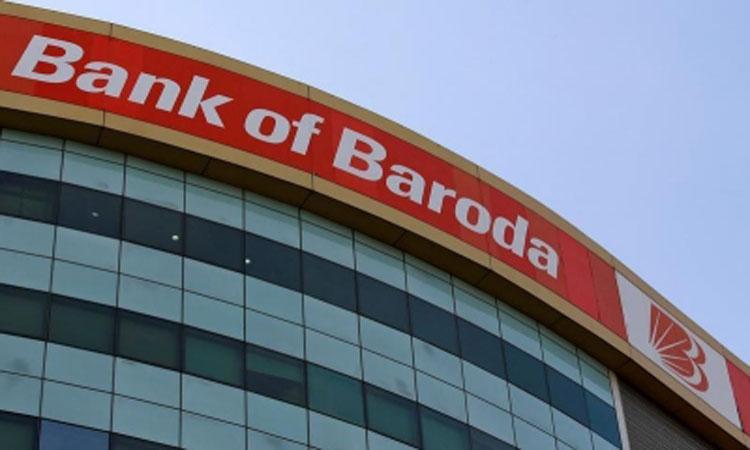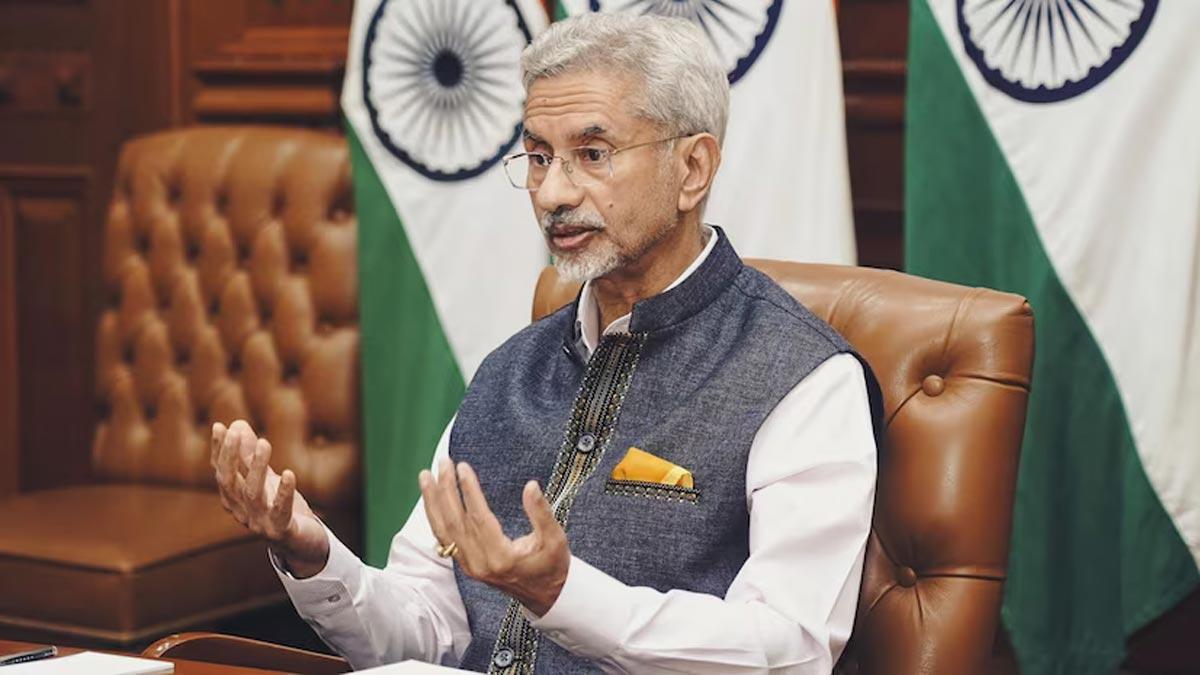The capacity utilisation of Indian industries shows mixed results for FY22 when compared to FY19 when the ratio of turnover to gross fixed assets (GFA) is taken into account, a Bank of Baroda study said.
An improvement in this ratio for 13 sectors indicates that the recovery has been real. The metals group, along with some intermediates like chemicals as well as textiles, have registered higher ratios.
However, for 25 sectors, the picture, however, is still a concern as the ratio of turnover to GFA is still lower than pre-pandemic times. These sectors are more in the services segment, besides consumer goods and capital goods.
According to the bank, the turnover/GFA ratio is a proxy for capacity utilisation in industry, providing further clues on the level of activity in the corporate sector as it is free of base effects.
The report said FY20 was also a year which showed a depressed corporate performance due to the lockdown which was imposed in the last week of March. FY21 was the first year of the pandemic which was typified by lockdowns of various varieties which affected production.
Fiscal 2021-22 had the advantage of both a low base statistical effect as well as recovery in the corporate sector as restrictions were removed largely for most sectors.
Therefore, the Bank of Baroda compared its turnover to GFA ratio with FY19 which is the pre-pandemic year when conditions were normal.
Also Read | TVS Motor to acquire 48% stake in Nkars Mobility for Rs.85.41 cr
As per the report, India's economy has grown by 8.7 per cent in FY22 after contracting by 6.6 per cent in FY21.
"This does reflect a significant improvement on a negative base. However, the economy had only grown by 6.5 per cent in FY19 and 3.7 per cent in FY20 in pre-pandemic times; implying that while the revival story does remain intact the pace of growth may not be robust," the report said.
The bank said the sample size for the study was over 1,365 firms from over 40 sectors. To maintain parity in terms of sectors relevant for capacity utilisation, banks, insurance firms, and rating firms have been excluded from the exercise.


















